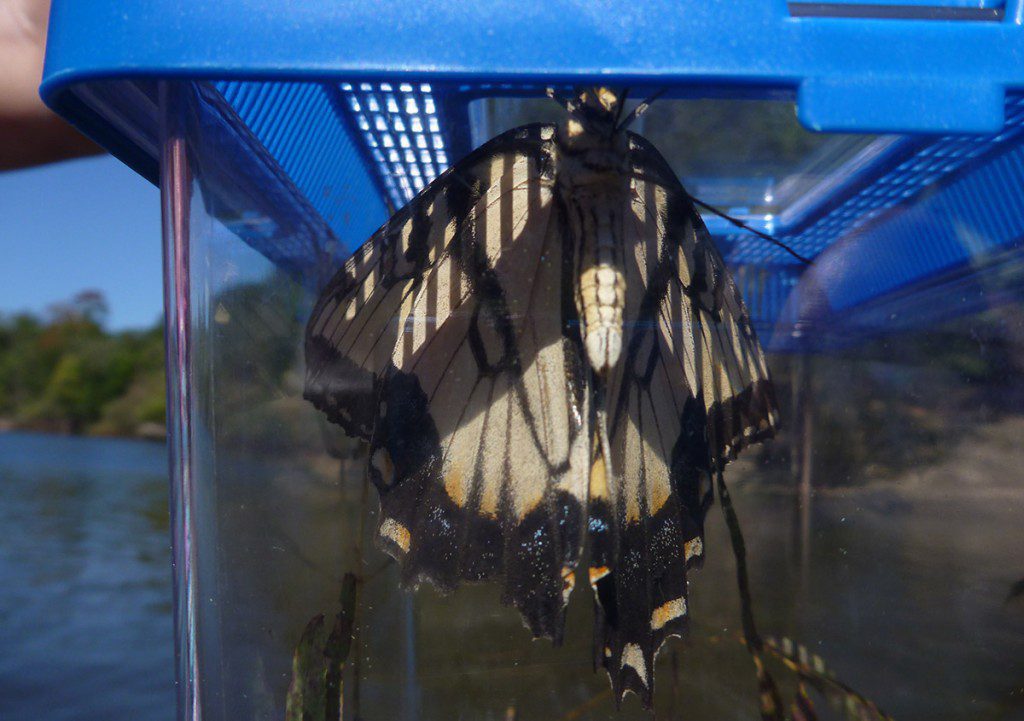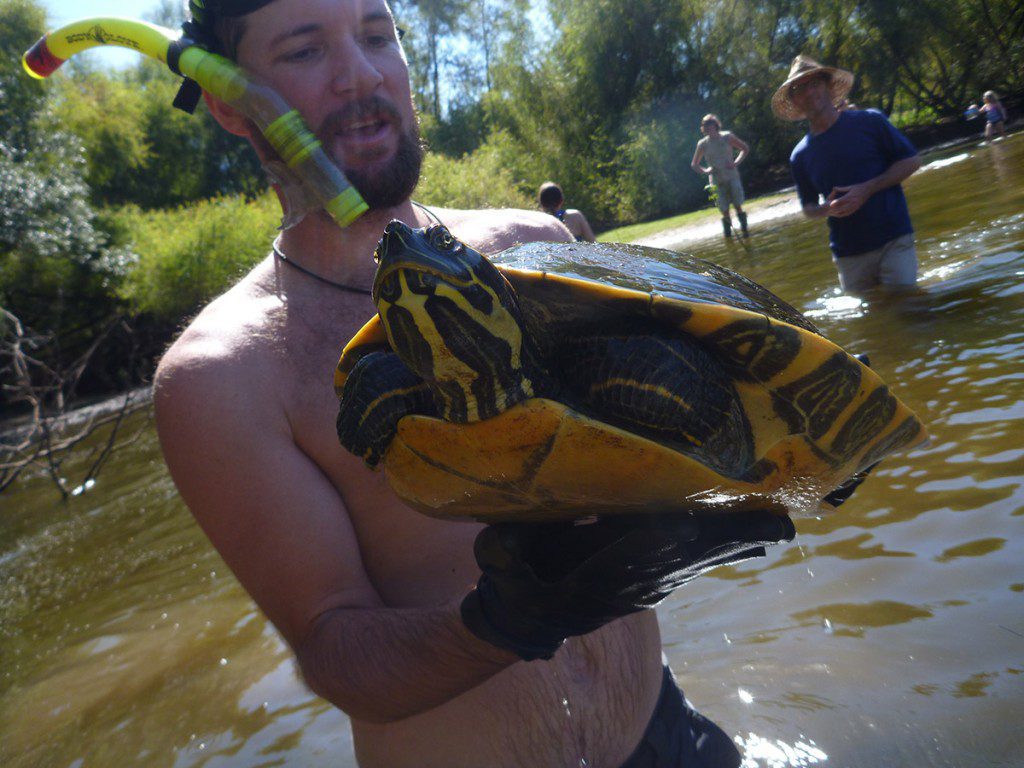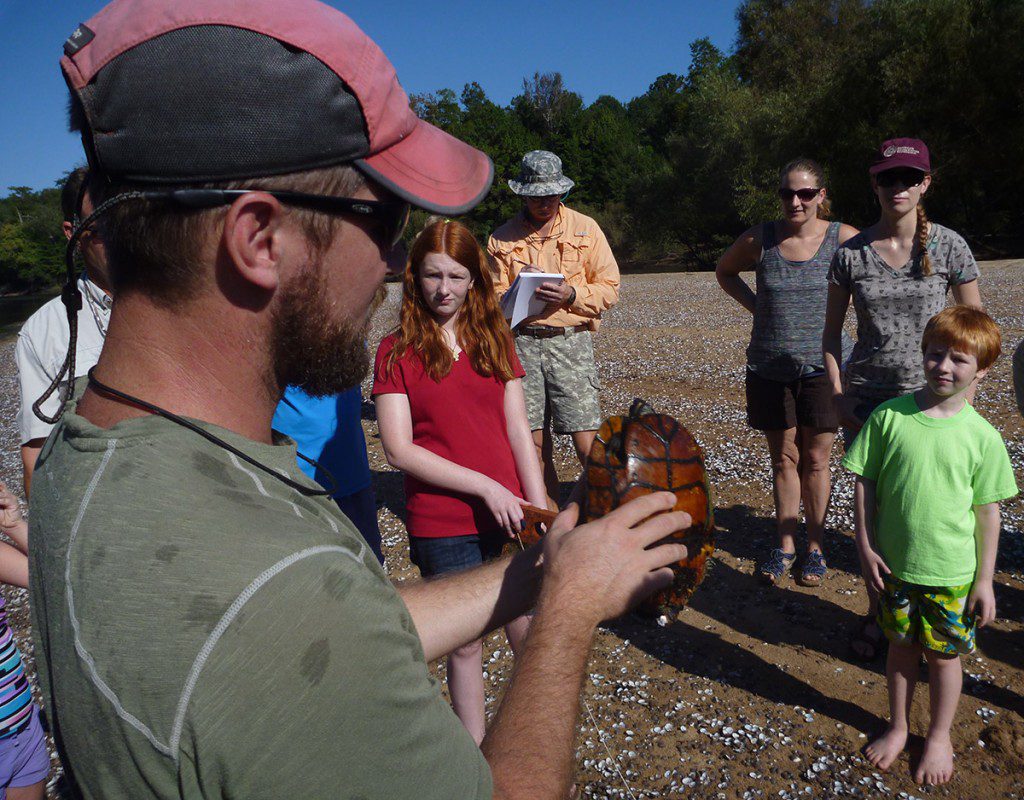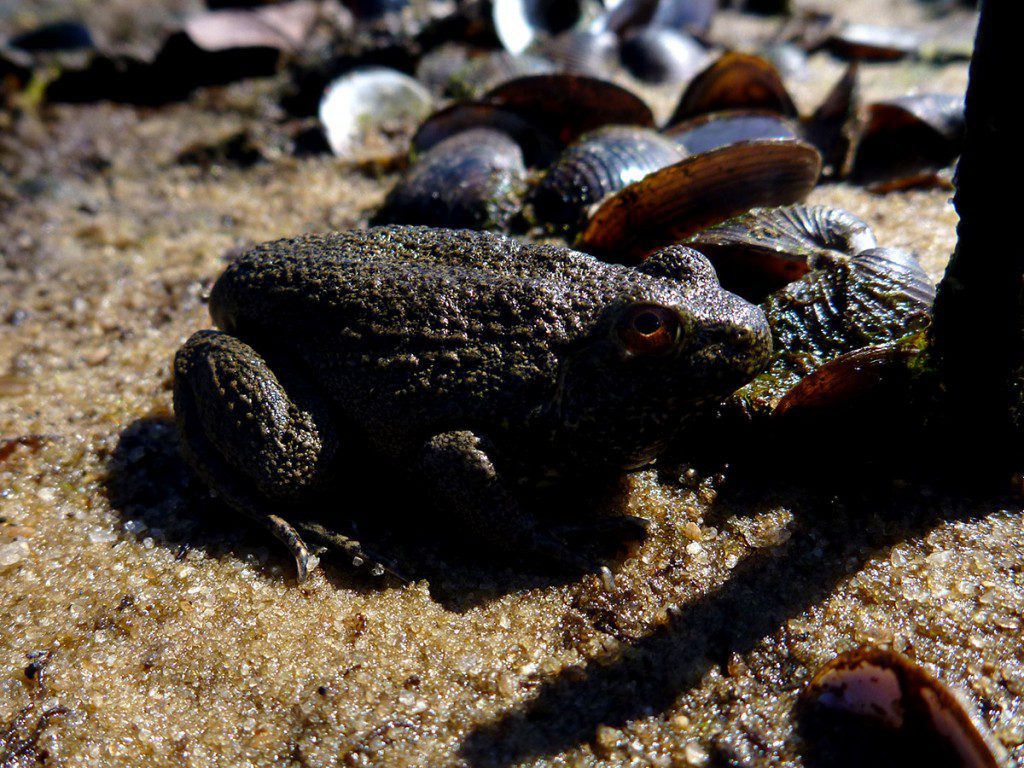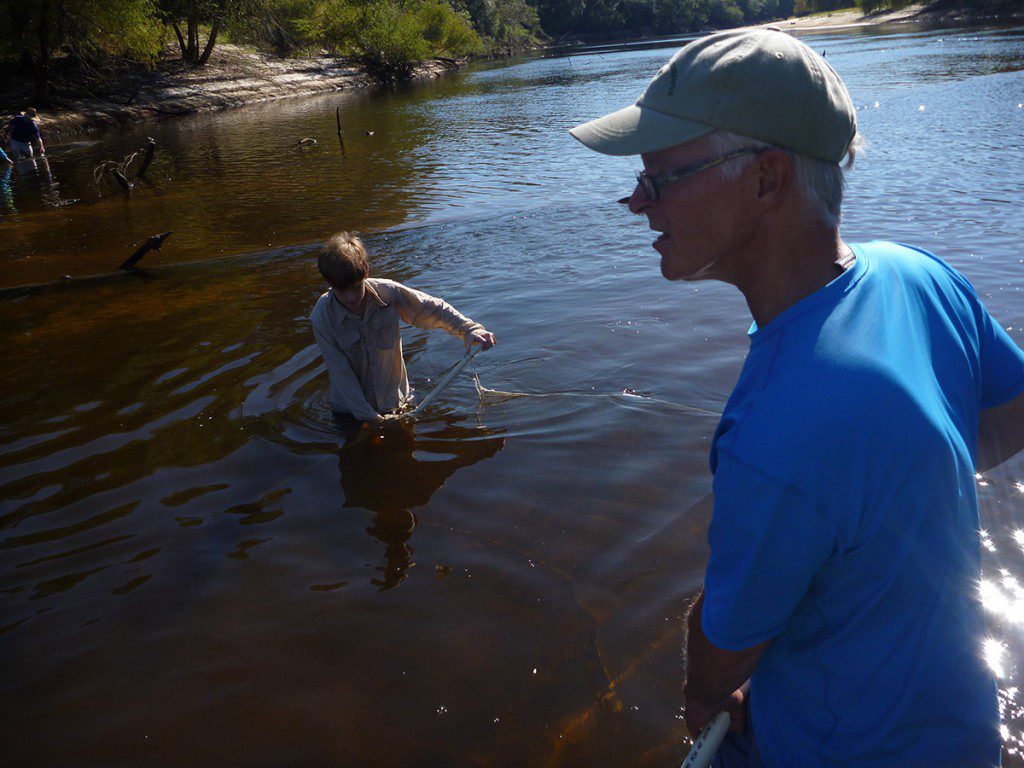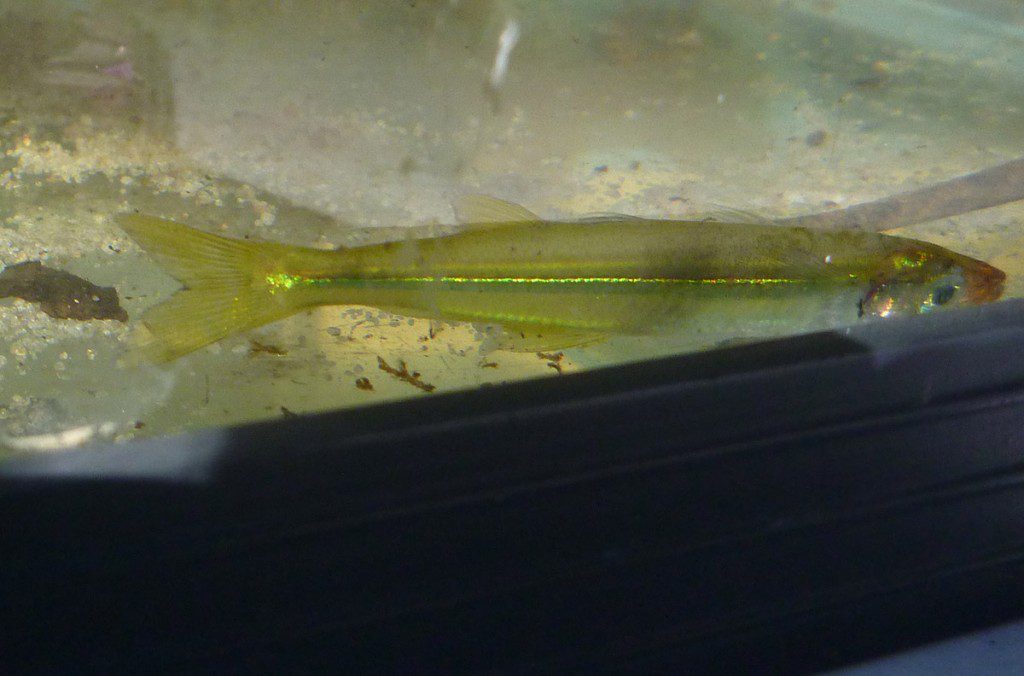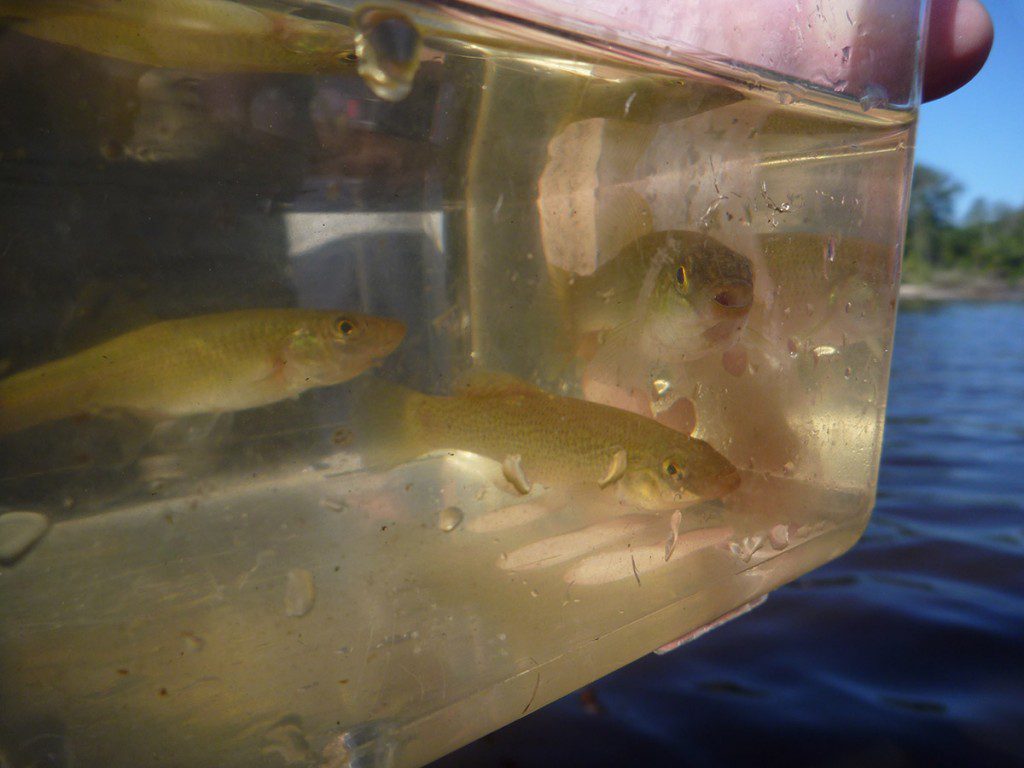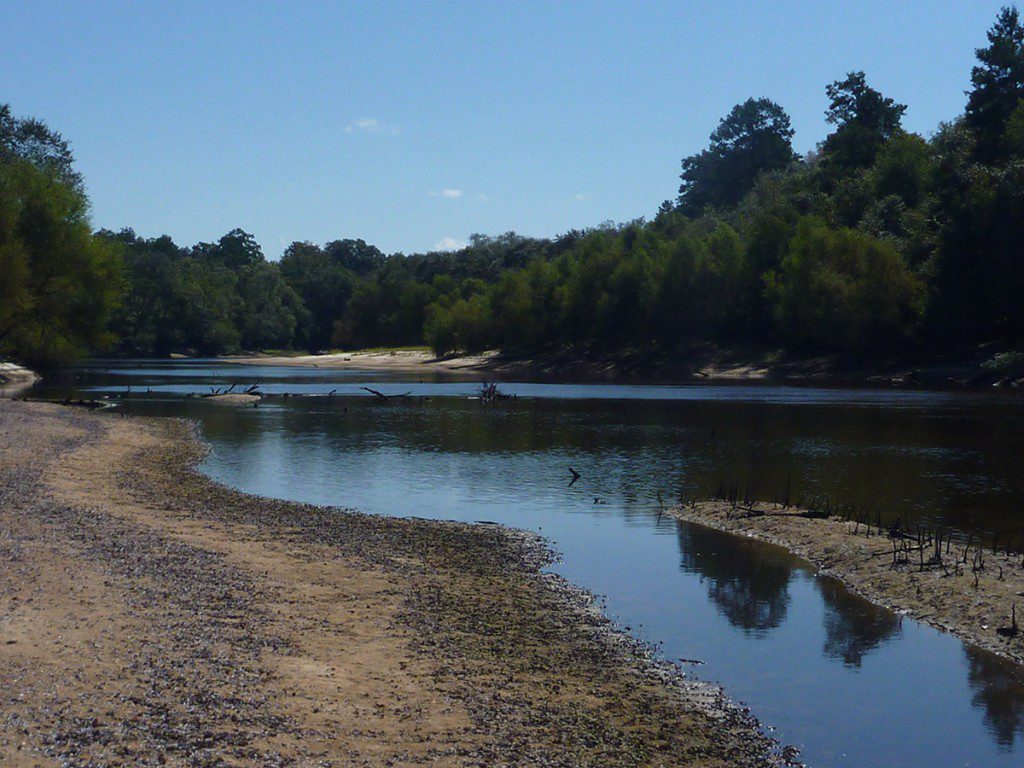Welcome to Part 6 (of 10) of Roaming the Red Hills, which originally aired on the April 7 episode of WFSU’s Local Routes. Through ten 3-minute videos, we’ll explore the natural soul of the Red Hills of Florida and Georgia, from the pine uplands down to its rivers, lakes, and farms. Thanks to Tracy Horenbein for creating original compositions for this video series. The series is narrated by Jim McMurtry.
Funding for Roaming the Red Hills was provided by Tall Timbers Research Station and Land Conservancy.
Rob Diaz de Villegas WFSU-TV
“Oh those sandbars, mere words cannot portray,
Shining in the moonlight, take our breath away…”
These words are from Gary Asbell’s “The River,” a song about the Ochlockonee River that we featured in our last video. After that workout of an EcoAdventure, kayaking the Georgia part of the river, we spent a day splashing around in the Florida Ochlockonee. Unlike in the song lyrics, which are about camping on the river, there is no moonlight for us today; but the line does hit home for me in a way that relates to the activities we’ll cover today. Camping on a sandbar with my son Max may have been the most fun we’ve had together, and I saw firsthand what a magical place a sandbar can be to a child. In this video, a few families will experience this wild wonder as Tall Timbers Research Station and Land Conservancy hosted one of its first ever Bio-Blitzes. (Max was unfortunately sick that day)
The object is simple- see or trap as many animal species as possible in two hours. Our spot was just south of the Jackson Bluff Dam in the Apalachicola National Forest. While the Ochlockonee flows into Florida from Georgia carrying wastewater and agricultural runoff, the worst of the pollutants remain behind the dam (you can refer to this report by McGlynn Labs for more data). In Florida, the river passes through a good bit of conserved land, and a large number of plant and animal species are present here.
The first animals of our Bio-Blitz were found right there on the sandbar, starting with the crunchy carpet of invasive Asiatic clams covering it:
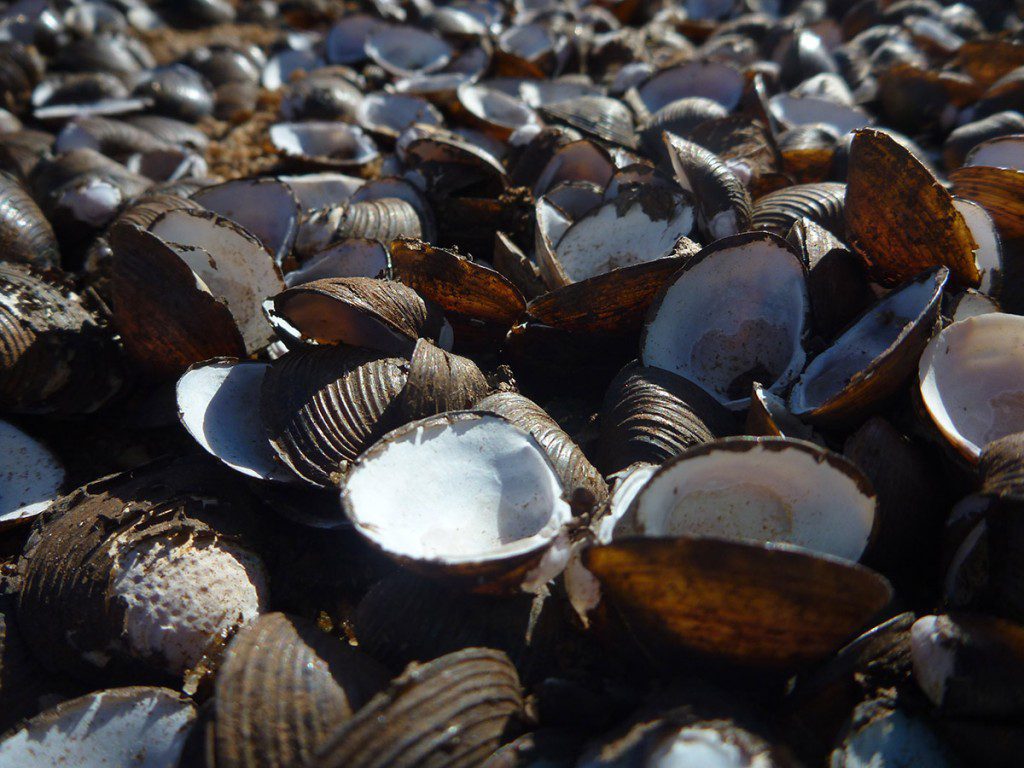
Asiatic clams (Corbicula fluminea), are an invasive freshwater mollusk that thrive in this part of the Ochlockonee.
We also saw what looked to be a giant swallowtail butterfly. When I was kayaking the Georgia section of the river, my family saw one of these emerge from a chrysalis on our Meyer lemon tree (I wrote about it in our look at butterflies of the Red Hills). This specimen looks a bit battle tested in comparison:
Our intrepid Bio-Blitzers also took to the water, using a variety of means to sample the river’s wildlife. Florida Fish and Wildlife biologist Pierson Hill kayaked and snorkeled the water to collect a variety of turtles. The most impressive is one whose large head should be avoided, the Florida softshell. I see these by ponds around Tallahassee, including one last weekend by Boca Chuba Pond in Cascades Park, in an area where dogs often play.
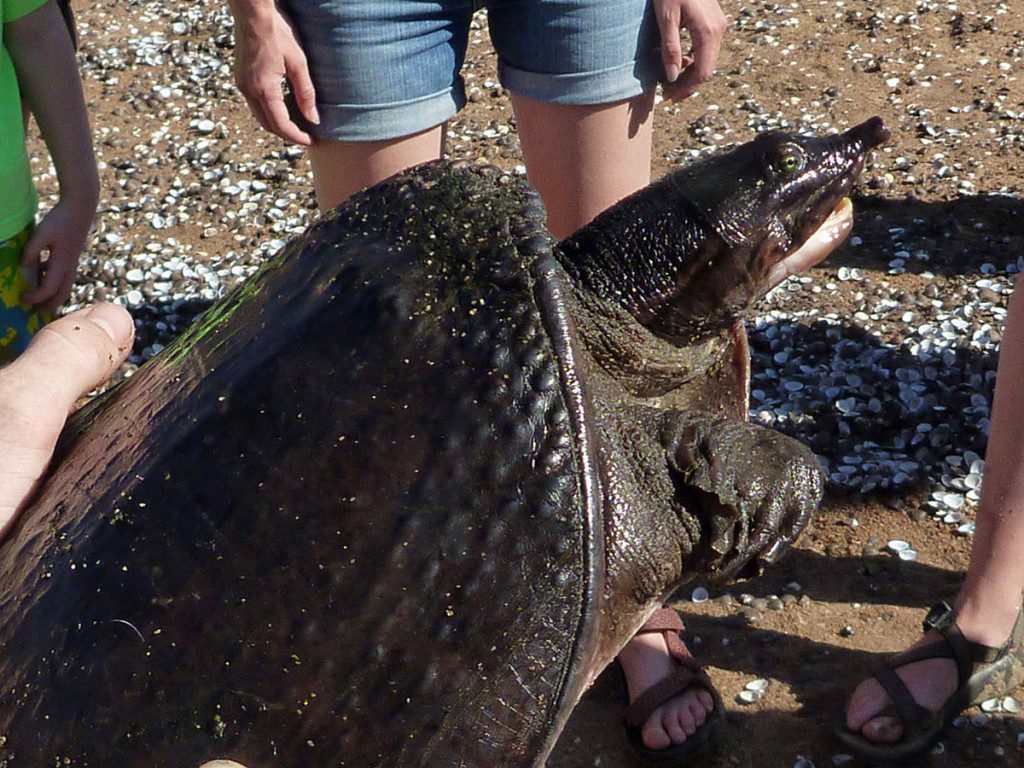
The Florida softshell turtle (Apalone ferox). It lacks the protection of a hard carapace, but as Pierson says “what they lack in armor, they make up for with jaws and claws.”
He also found this Suwannee cooter. I often confuse them will yellow-bellied sliders, but there are a couple of things that distinguish one from the other. For one, Suwannee cooter can grow larger, reaching about 17 inches where sliders only grow to about 9. The other is a pair of green spots on the plastron (the underside of the shell) of the slider, right under its neck, which you see lacking in this large cooter below:
Pierson did find a yellow-bellied slider, but was an older specimen that had lost a lot of its yellow pigmentation, and even its underside spots:
The water along the sandbar was also covered with river frogs. As we gathered at the start of the Bio-Blitz, event organizer Kim Sash of Tall Timbers Research Station and Land Conservancy gave everyone a warning about river frogs. “You don’t want to touch them, and then touch your face, or touch them and eat food, because that will make you sick.” She is referring to the frog’s defense mechanism, meant to deter predators and curious children.
The frogs were in the process of metamorphosing, so there were tadpoles, frogs, and everything in between.
Dr. Todd Engstrom, of the Friends of the Apalachicola National Forest, led the seine netting activities.
They found a few different species of fish swimming around. One was a brook silverside:
Another species found was the Seminole killifish:
Over the span of a couple of hours, the Bio-Blitzers identified 24 species of animals. And they did it in the best way possible, splashing in the water and running around on sandbars. As I mentioned in our last blog post, the Ochlockonee is a river with some problems. But still, it teems with life, and offers us fantastic outdoor recreation.
Continuing Down the River
After passing through the Apalachicola National Forest, the Ochlockonee River drains into Ochlockonee Bay. We had a wonderful EcoAdventure there last year with author Susan Cerulean, who gave us a preview of her book Coming to Pass. It was a full moon low tide at Bald Point State Park; oyster reefs were well exposed and the beach took on a Saharan appearance. It was around this time last year, when migratory birds were getting ready to fly north.
Come adventure with us in the Red Hills, Apalachicola River and Bay, the Forgotten Coast, and More! Subscribe to the WFSU Ecology Blog by Email.

